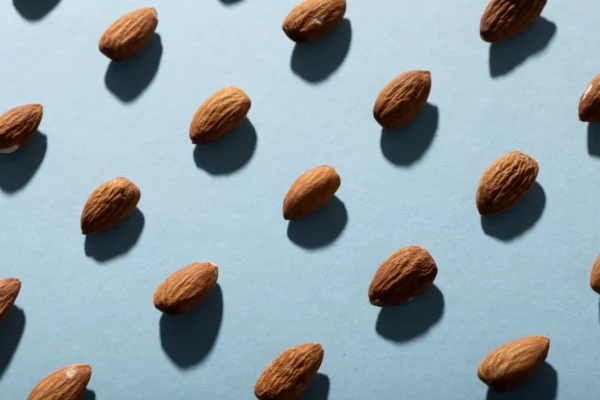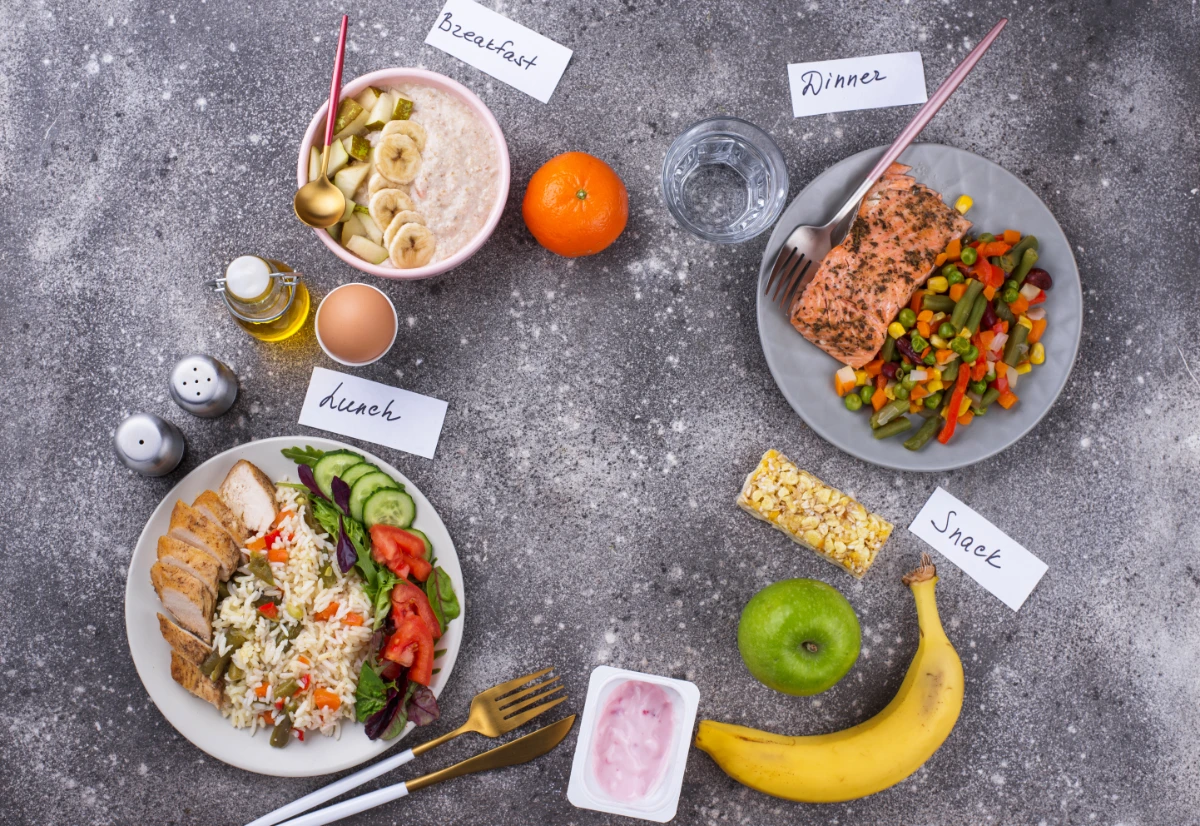Fiber One bars are a popular snack option, often marketed as a convenient way to increase daily fiber intake. However, whether Fiber One Bars are genuinely healthy requires a deeper look into their nutritional content and overall benefits.
Are Fiber One Bars Healthy? Key Takeaways
| Aspect | Details |
| Fiber Content | Fiber One bars are high in dietary fiber, often containing around 9 grams per bar. |
| Nutritional Profile | Contains added sugars, artificial ingredients, and varying levels of protein and fat. |
| Health Benefits | It is not a substitute for whole foods; moderation is key due to added sugars and other ingredients. |
| Considerations | Not a substitute for whole foods; moderation is key due to added sugars and other ingredients. |
The Nutritional Breakdown of Fiber One Bars
Fiber One bars are designed to provide significant dietary fiber in a convenient, tasty format. A typical Fiber One bar contains about 9 grams of fiber, approximately 30% of the recommended daily intake for most adults. This high fiber content can help support digestive health and maintain regular bowel movements, aligning with recommendations from health professionals.
“Dietary fiber is crucial for maintaining digestive health and preventing chronic diseases such as heart disease, stroke, and diabetes.”
However, it’s essential to look beyond fiber content. Fiber One bars also contain other ingredients that may not be as beneficial. These bars commonly include added sugars, sugar alcohols, artificial flavors, and preservatives. While these additives help enhance taste and shelf life, they may detract from the bars’ overall healthfulness.
Nutritional Profile Comparison
| Nutrient | Amount per Bar (Fiber One Original) | Recommended Daily Intake |
| Calories | 90 | Varies (2000-2500 for adults) |
| Total Fat | 2g | 70g |
| Sodium | 90mg | 2300mg |
| Total Carbohydrates | 29g | 300g |
| Dietary Fiber | 9g | 25-38g |
| Sugars | 5g | 25g (women), 37.5g (men) |
| Protein | 2g | 50g |
Health Benefits of Fiber One Bars
Digestive Health
The primary benefit of Fiber One bars is their high fiber content. Dietary fiber is essential for digestive health, helping to regulate bowel movements and prevent constipation. Fiber One bars offer a practical solution for 90% of Americans who struggle to meet their daily fiber requirements.
Convenience and Portability
Fiber One bars are highly portable and convenient, making them a good option for busy individuals who need a quick, fiber-rich snack. This can be particularly useful for those with hectic schedules who might need help to include enough fiber in their diet.
Weight Management
High-fiber foods promote feelings of fullness, which helps with weight management by reducing overall calorie intake. Fiber slows the digestive process, making you feel full longer after eating.
Considerations and Potential Drawbacks
Added Sugars and Artificial Ingredients
Fiber One bars are high in fiber but contain added sugars and artificial ingredients. High sugar intake can contribute to various health issues, including weight gain and increased risk of chronic diseases such as type 2 diabetes and heart disease. While generally recognized as safe, artificial ingredients and preservatives may not suit everyone, especially those with sensitivities or preferences for natural foods.
Nutrient Density
Although Fiber One bars are high in fiber, they may lack other essential nutrients in whole foods such as fruits, vegetables, nuts, and seeds. Whole foods provide a complex matrix of nutrients, including vitamins, minerals, and phytonutrients, which work synergistically to promote health.
Potential Digestive Issues
For some individuals, the high fiber content, particularly from added fiber sources like chicory root extract, can cause digestive discomforts, such as bloating and gas. To help manage these potential side effects, it’s important to introduce high-fiber foods gradually into the diet and ensure adequate water intake.
Expert Insights
Registered dietitians emphasize the importance of fiber in the diet but also highlight that whole foods should be the primary source:
“To help close the fiber intake gap, nutrition, and health educators can use communication strategies such as recommending flavorful fiber-rich foods and describing the benefits of adequate fiber intake”
Real-Life Examples
To integrate more natural sources of fiber into your diet, consider these high-fiber meal components from a high-fiber meal plan template:
- Nuts and Seeds: Almonds, chia seeds, flaxseeds, walnuts, and pumpkin seeds can be sprinkled over dishes for added crunch and fiber.
- Vegetables: Broccoli, carrots, Brussels sprouts, kale, and spinach can be roasted, steamed, or used fresh in salads.
- Grains: Quinoa, brown rice, barley, whole wheat pasta, and oatmeal are excellent fiber-rich bases.
- Fruits: Apples, berries, pears, oranges, and bananas are great for natural sweetness and fiber.
- Beans/Legumes: Black beans, lentils, chickpeas, and kidney beans provide protein and fiber
Conclusion
Fiber One bars can be a healthy addition to your diet, particularly if you’re looking for a convenient way to increase your fiber intake. However, they should not replace whole foods rich in fiber and other nutrients. Balance and moderation are key. While these bars offer benefits, being mindful of added sugars and artificial ingredients is crucial. For a well-rounded diet, prioritize whole, fiber-rich foods and use Fiber One bars as a supplementary source of fiber.
FAQ
1. Are Fiber One bars good for weight loss?
Due to their high fiber content, Fiber One bars can help you feel full longer, which may aid in weight management.
2. Can Fiber One bars cause digestive issues?
For some people, the high fiber content can cause bloating and gas. It’s best to introduce them gradually and drink plenty of water.
3. How many Fiber One bars can I eat in a day?
Limiting consumption to one bar per day is best to avoid excessive fiber intake and added sugars.
4. Are there healthier alternatives to Fiber One bars?
Yes, whole foods like fruits, vegetables, nuts, seeds, and whole grains are healthier alternatives that provide a broader range of nutrients.
5. Can Fiber One bars replace my daily fiber intake from other foods?
No, while they can help supplement your fiber intake, it’s important to consume a variety of fiber-rich foods for overall health.
6. Do Fiber One bars have artificial sweeteners?
Some Fiber One bars contain artificial sweeteners like sucralose and sugar alcohols, which may cause digestive issues for some individuals.
7. Are Fiber One bars gluten-free?
Not all Fiber One bars are gluten-free. If you have gluten sensitivities, check the packaging for specific gluten-free options.
8. How do Fiber One bars compare to other fiber supplements?
Fiber One bars are a more convenient and tasty option, but they may contain added sugars and artificial ingredients compared to pure fiber supplements.
9. Can children eat Fiber One bars?
Yes, but it’s essential to monitor their fiber intake to avoid digestive discomfort and ensure they are also getting nutrients from whole foods.
10. Where can I buy Fiber One bars?
Fiber One bars are widely available in grocery stores, health food stores, and online retailers.








